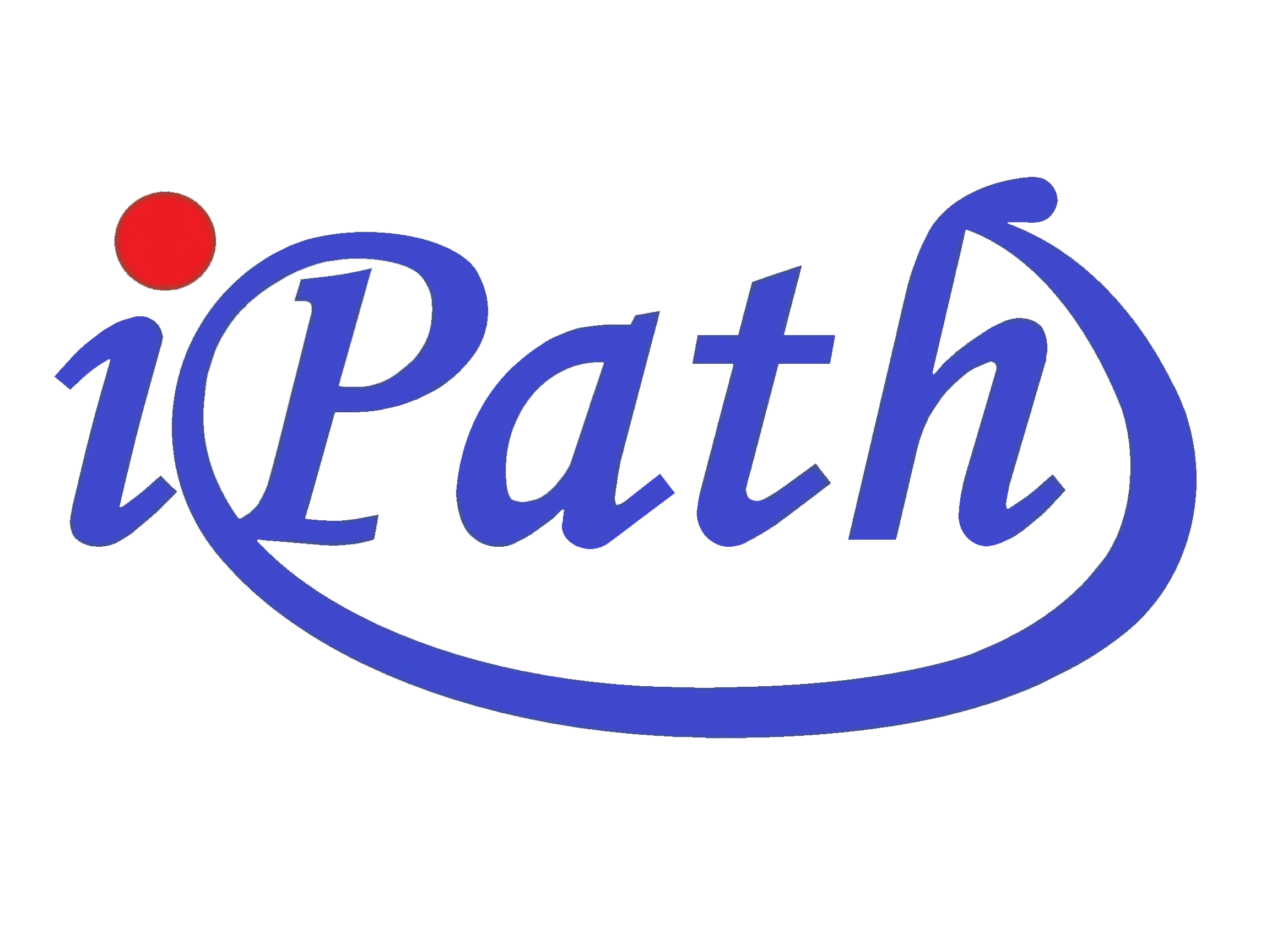Rwanda

Histopathology services were implemented in Butaro, Rwanda to combat, among other challenges, a very long turnaround time for cancer diagnostics. In January 2012, laboratory infrastructure, personnel, and activiti es were investigated and documented to create an assessment report that “(1) detailed the resource needs at Butaro with respect to infrastructure renovations, equipment, consumables, personnel, training, and standard operating procedures (SOPs); (2) identi fied where resources would be made available within Rwanda and through international partners; and (3) outlined a timeline for phased capacity building.”
In March 2012, laboratory equipment was provided to the facility using both established manufacturer and supplier networks and donations. In April 2012 (prior to lab set up), two laboratory technicians were selected to undergo training in histotechn ology between May and June 2012. From July to October 2012, the trained laboratory technicians began processing tissue specimens with support from on - site histotechnologists from the United States. Grossing and generation of paraffin blocks was implemented . Slide staining and cutting was initiated at the facility, and blocks and slides were transported to the Brigham and Women’s Hospital in Boston, MA, where they were further processed. Within the first 6 months after implementation, a high performance rate , with 437 specimens submitted and processed, including a large number of specimens from other facilities in Rwanda that were sent to Butaro. These are patients who otherwise would have been unlikely to receive pathology - based diagnoses. The median time fr om specimen receipt to the final result was 32 days at this point. Since 2014, challenging pathology cases received at Butaro have been photographed and presented to a group of specialist pathologists from around the world using a static - image telepatholog y system. This transitioned to whole slide imaging in 2016. Prior to the appointment of a full time pathologist at Butaro, 32% of cases (1407 cases on iPath: February 2013 - March 2016, out of total 4355 cases received in this period) were uploaded to iPath for diagnosis, with diagnosis turnaround averaging 14 days. Following the appointment of a full time pathologist at Butaro, the number of challenging cases uploaded as whole slide images in the last year (2016) averages 16% of all 1411 cases reviewed using WSI. Diagnoses are successfully generated for 90.5% of these cases and up and turnaround time has dropped to ~69 hours. The telepathology service has been particularl y helpful with difficult hematopathology, bone and soft tissue tumors which requires considerable specialist expertise. The most impactful aspect of this implementation was the acquisition of a permanent pathologist on site with access to high quality hist ology and immunohistochemistry. An ongoing challenge is the need for clinical laboratory techniques and equipment to support liquid tumor diagnostics (e.g., flow cytometry).




